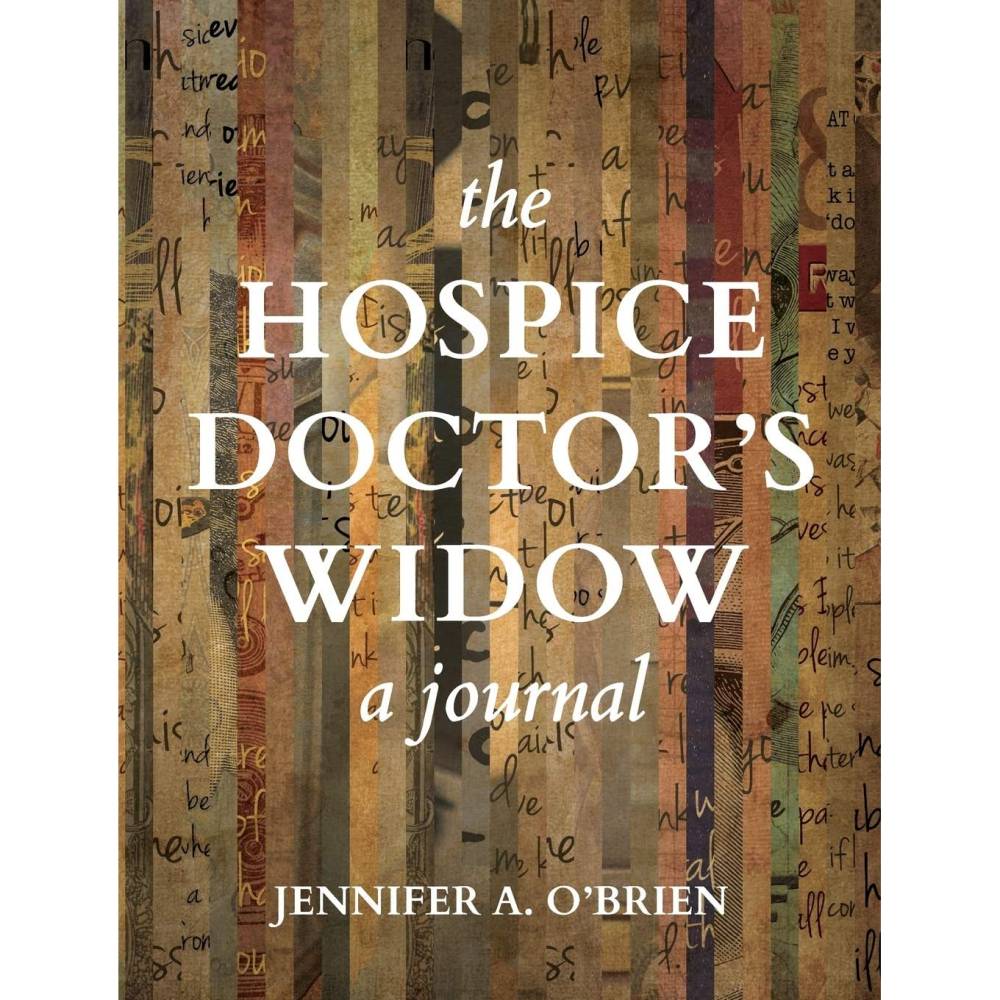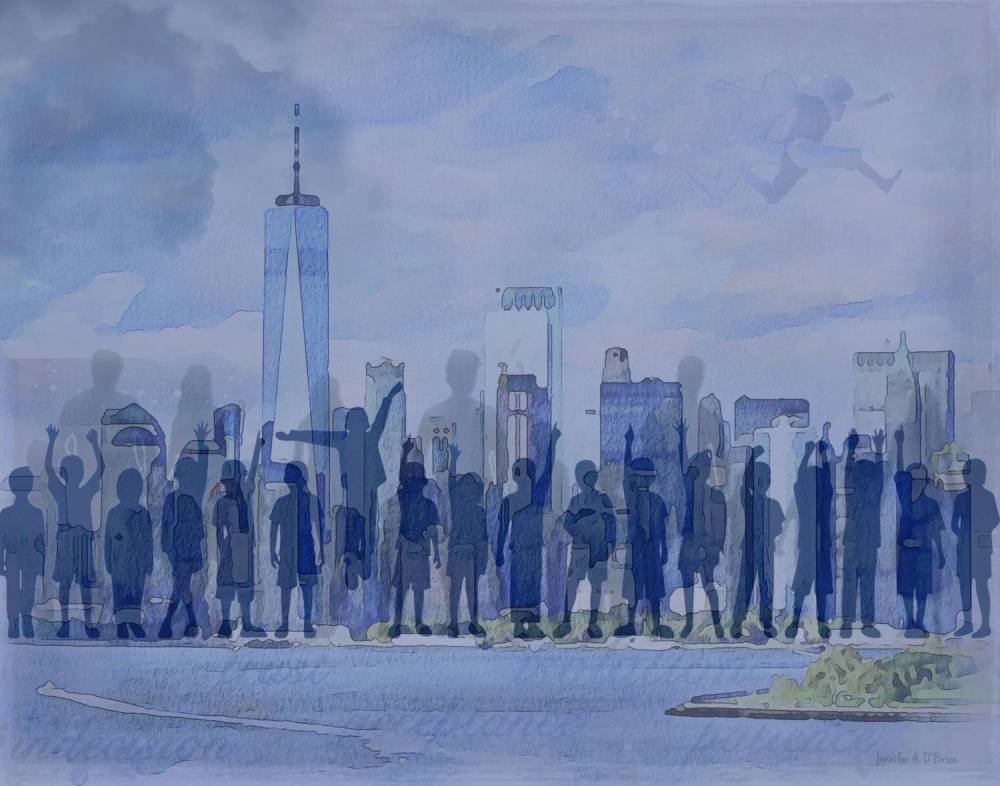Life with Tragedy is a Dance
Brushes with Cancer Artist Jennifer O’Brien wants people to stop viewing cancer as a fight. The published author, artist, and healthcare administrator thinks words like “warrior” and “survivor” don’t take into consideration what cancer really is. And she’s right.
“It’s this overused war language,” she said. “It’s not a fight, it’s so much more – it’s love, it’s a sense of humor, it’s negotiation with life’s realities, it’s acceptance, it’s a lot of things. It is not a war and certainly, the people who die of cancer are not losers.”
Instead, she views a cancer journey more as a dance and not a war.
“You’re dancing with it, then the music slows and we have to make the dance as beautiful at the end of life as we do during life.”
Throughout her life, Jennifer has had to manage this dance. Both her mother and husband, Bob, passed from cancer and at 18 years old, she lost her only sibling following an accident.
“When you have exposure to death at 18, it shapes you,” Jennifer said. “It’s one of the reasons Bob and I fell in love. As a hospice and palliative care physician, he understood professionally what I knew personally: that at the end of life comes death; there are no do-overs in end of life; and changed forever it is the loved ones who remain and remember.”
Bob also understood what needed to be done when he was diagnosed with stage four metastatic cancer.


Beginning a new dance
When Bob was diagnosed, Jennifer began an art journal. “I wanted to document the wisdom and guidance he had been imparting to patients and families for years because we were turning it on ourselves. He was really good at what he did and helped a lot of people.” For 22 months – from diagnosis to Bob’s death – Jennifer provided care to her husband. “At first, the best for us would be a targeted therapy that would work with Bob’s cancer and the worst was death,” she said. “And when targeted therapies were not an option, the best ended up being quality time together.” And that’s exactly what the two focused on. They lived in a large house and downsized to a condo to make things more manageable for Jennifer. They also went on a couple trips to take advantage of as much quality time as possible. “It was wonderful we had the wherewithal to do that and Bob did that with me,” she said. “Everything we did to prepare, we would’ve never regretted if there was some miracle cure.” During this time, Jennifer and Bob also had candid conversations about his cancer, facing death head on. And in doing that, the dance was less overwhelming than it could’ve been. “Talking about end of life when one is sick does not hasten it, and it probably makes life more comfortable,” she said. For Jennifer, death is not something you fight. It’s an absolute that everyone has to accept. “It is the one thing we all do – we don’t all get married, have babies or go to college – but we all die. And if we’re lucky, we love someone.” However, as anyone touched by cancer knows, there’s nothing you can do to fully prepare for what’s ahead. “Losing Bob was one of the saddest things to happen to me,” Jennifer said. “None of the things we did to prepare – and we did a lot – made it any less sad. Our preparations did, however, make it less bewildering, less confusing.”
Documenting the dance
Jennifer turned to art journaling. She began when Bob was diagnosed and stuck with it, jotting down notes to come back to when caregiving took priority. During those 22 months, Jennifer not only cared but keenly observed. When Bob decided whether or not to try a new form of chemotherapy, Jennifer watched and took notes. “When a physician goes through the process, it’s different,” Jennifer said. “They inform themselves in a different way, so I observed that and made notes. The notes in my journal are not in physician language, they’re in our language.” Jennifer – who also does interim CEO work for physician organizations – shared her journal with a neurologist. At the time, he was diagnosing three patients with ALS. “He took the journal home, came back the next morning and said, ‘You’re not getting your journal back, I am loaning it to patients and spouses because it’s really helpful. You need to find a publisher because that journal helps close the gap between what the doctor can do for the patient and what the family caregiver needs.” Jennifer did exactly that. In 2020, Et Alia Press published The Hospice Doctor’s Widow: A Journal, a collection of artwork and writings completed during Bob’s illness and after his death. Two thirds of the book focuses on caregiving and the rest is what Jennifer described as “the grieving part.” The finished product not only memorializes Jennifer and Bob’s dance, but provides insight and guidance to family caregivers in similar situations.